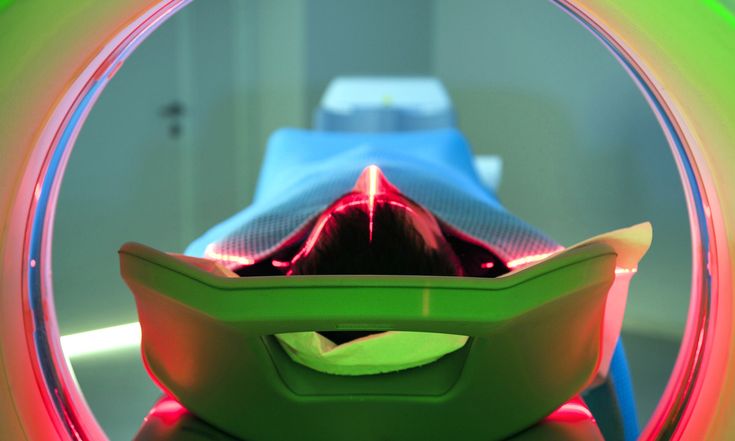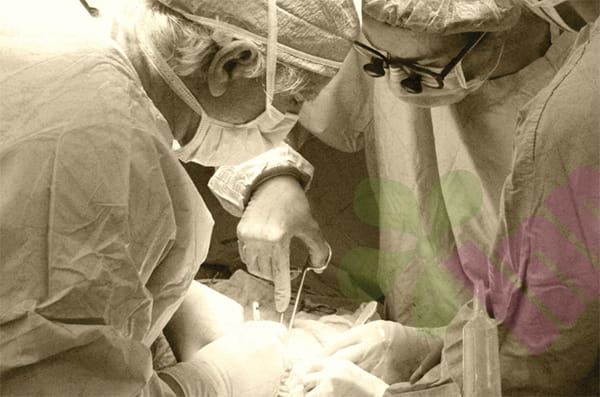During the third week of radiotherapy, Uncle Chen's neck skin began to turn red and hot, stinging like being burned by the sun, and even putting on clothes became a torment. This type of radiation dermatitis troubles more than 85% of patients, but don't worry, taking precautions in advance can greatly reduce the discomfort. The following practical methods, many of which are the nursing experience of the radiotherapy nurses, will help you get through the treatment period safely.

Radiotherapy damages the skin. What's the problem?
When radiotherapy rays kill cancer cells, they inevitably damage epidermal cells and subcutaneous microvessels. As the number of irradiations increases (usually after 2-3 weeks), skin damage gradually appears: in the early stage, it may only be redness and itching (grade I), followed by dryness, desquamation, tightness and pain (grade II), and in severe cases, even exudation and ulceration (grade III). The neck, armpits, and lower edge of the breasts, which are prone to friction and sweating, are particularly vulnerable.
Three key protective measures :
- Clean as if nothing is there
Rinse the radiotherapy area with room temperature water every day, using a gentle touch like a feather brushing. Remember not to use soap shower gel (alkaline ingredients increase dryness), and use cotton swabs to absorb moisture from wrinkles. The skin just after radiotherapy is particularly delicate, so pat it with a towel instead of wiping it.
- Double the moisturizing and refrigeration effect
One hour after the end of radiotherapy, apply a non-additive medical moisturizer (look for glycerin, hyaluronic acid, and ceramide ingredients). Avoid products containing alcohol, fragrances, and metals (zinc/aluminum). Here's a little trick: refrigerate the moisturizer before use, and the cooling and itching effect will be immediate.
- Dress in a way that avoids friction
Wear loose 100% cotton underwear, making sure the seams are not in the radiotherapy area. Choose a V-neck shirt for neck treatment to avoid friction from the high collar. Wash new clothes first to soften the fibers, and do not use softeners to prevent chemical residues from irritating the skin.
Don't step on these minefields!
- Tear off the dandruff by hand (use sterile scissors to trim the warped edges)
- Hot or cold compresses irritate the skin (it is safer to apply with a room temperature wet towel)
- Randomly apply folk remedies and ointments (traditional Chinese medicine juice may cause allergies)
- Use ordinary tape (it will tear the skin, so use silicone frame radiotherapy tape instead)
Seek medical attention immediately if any of these conditions occur:
The ulcer area is larger than a coin
Exudate soaking through gauze or with yellow pus
Fever or severe pain
The radiotherapy nurse has a special reminder: Be sure to remove the dressing one hour before treatment to ensure that there is no residue on the skin to avoid affecting the accuracy of the radiation.
The speed of skin healing may not catch up with the progress of radiotherapy, but scientific protection can make this road less painful - after all, after this treatment, there are still so many summer evening breezes waiting for us to embrace. For more information on Innomed®Transparent Dressing Paper Frame, refer to the Previous Articles. If you have customized needs, you are welcome to contact us; You Wholeheartedly. At longterm medical, we transform this data by Innovating and Developing Products that Make Life easier for those who need loving care.
Editor: kiki Jia

 English
English عربى
عربى Español
Español русский
русский 中文简体
中文简体








